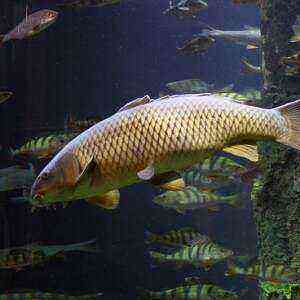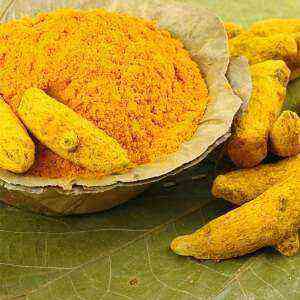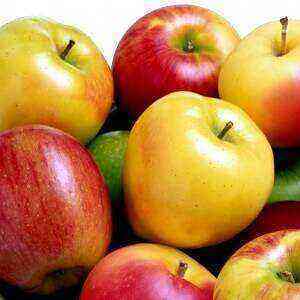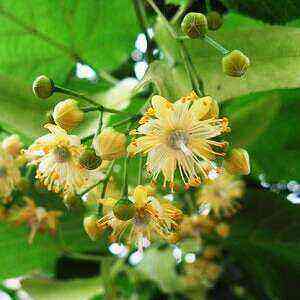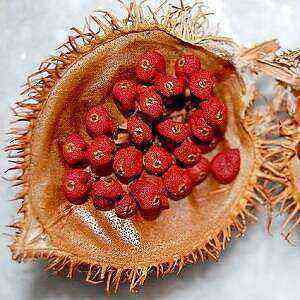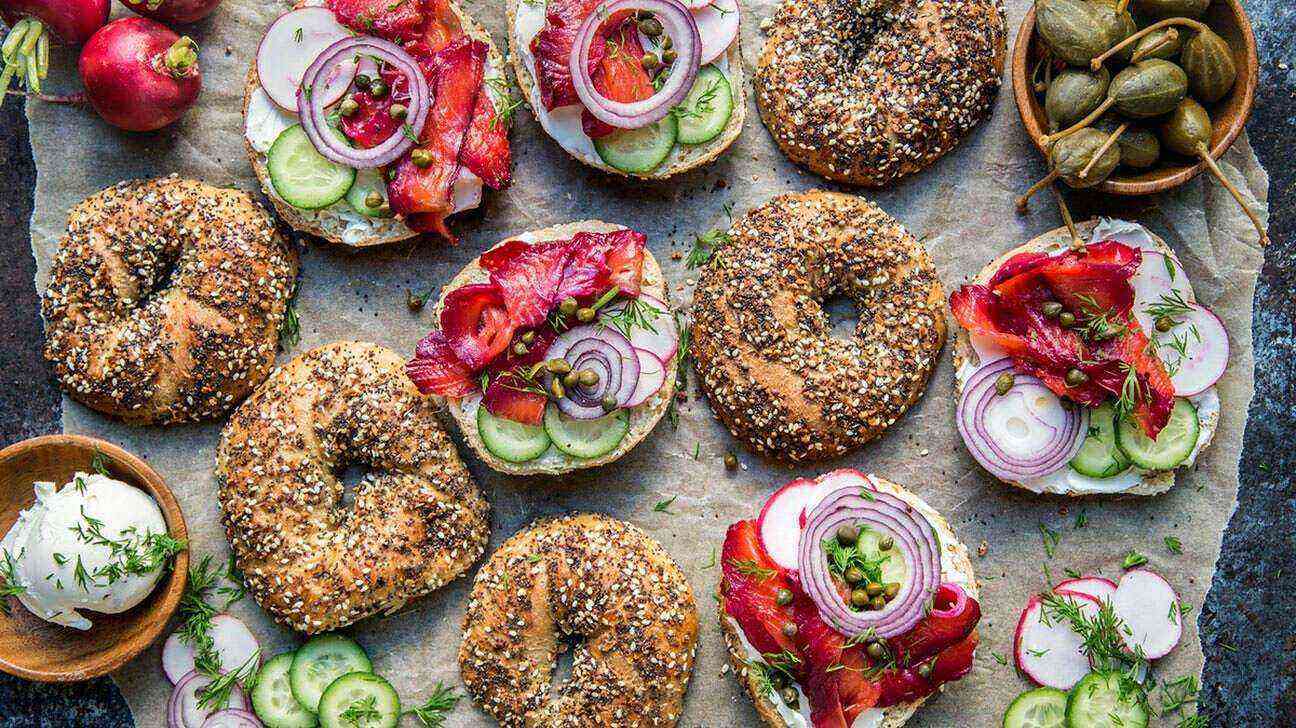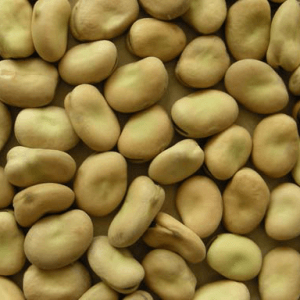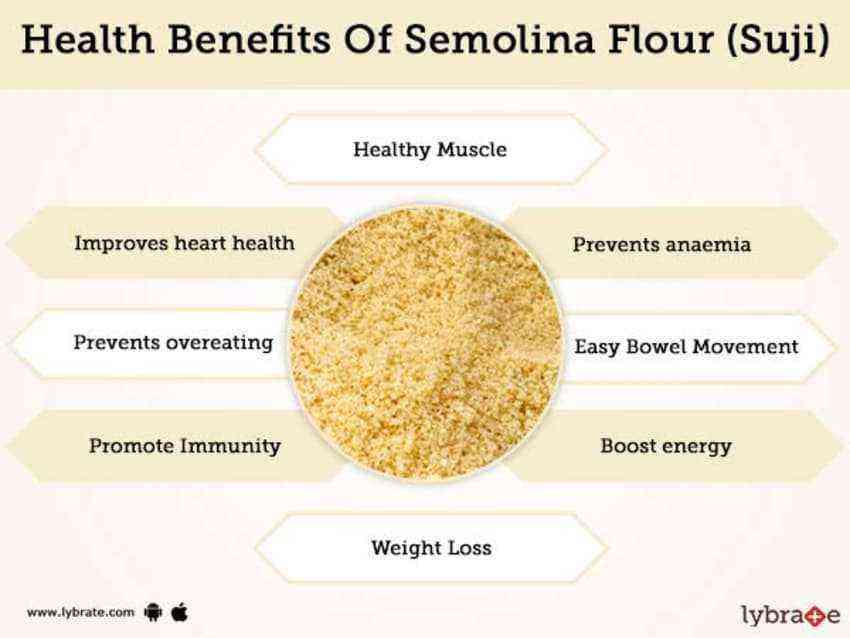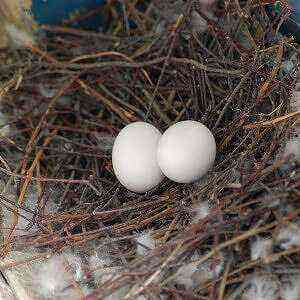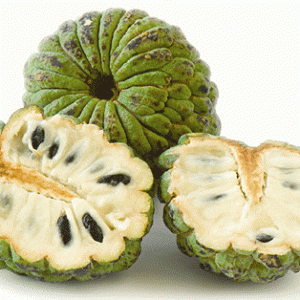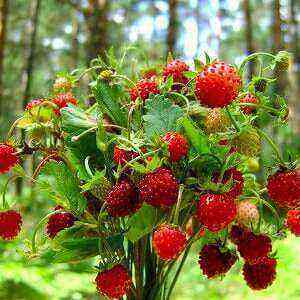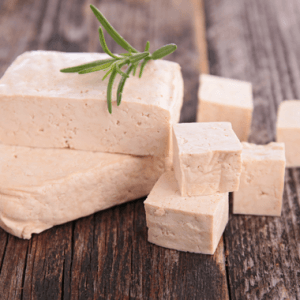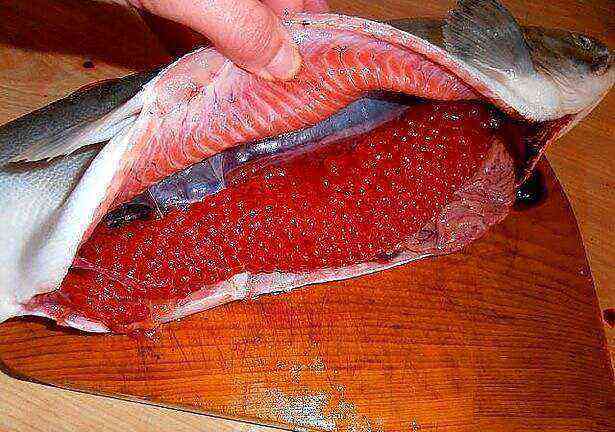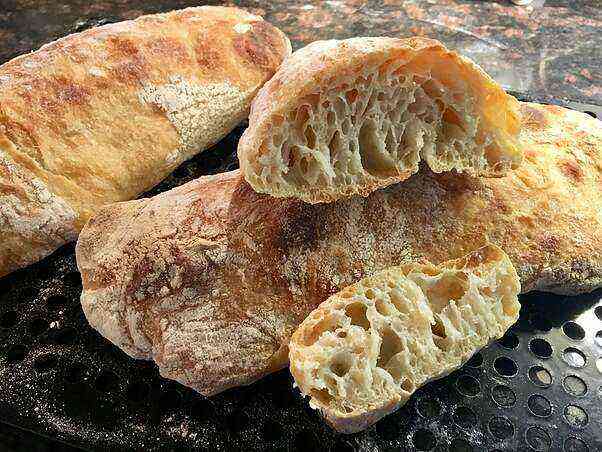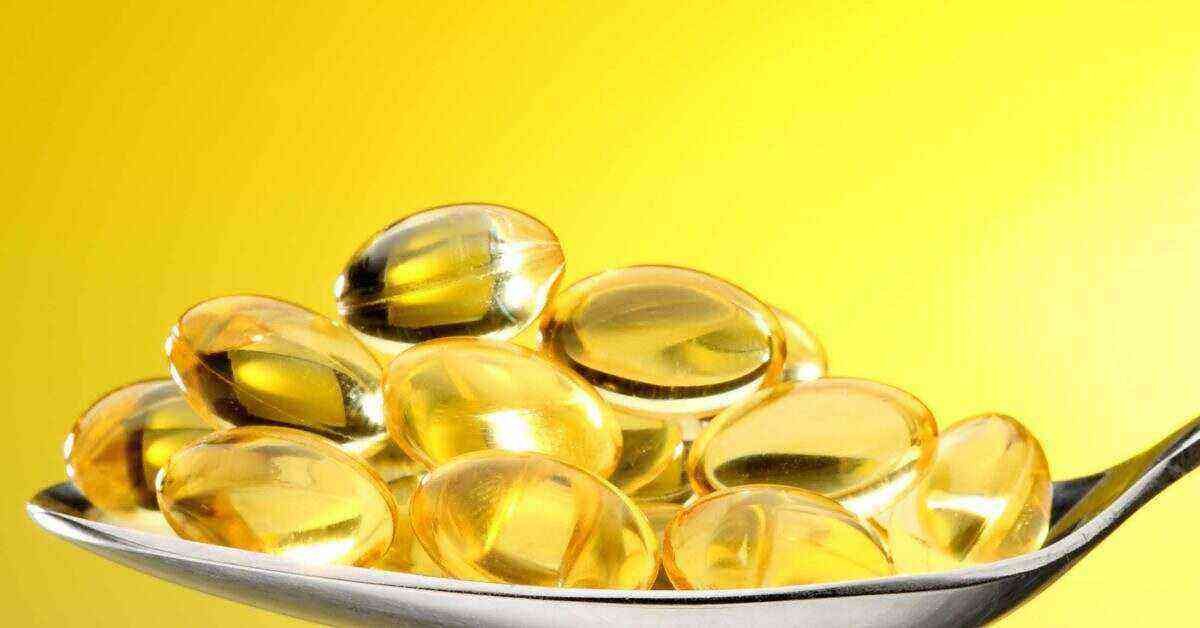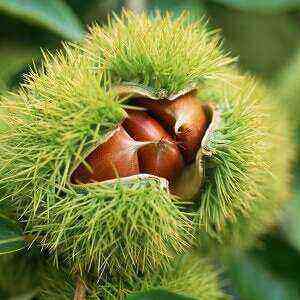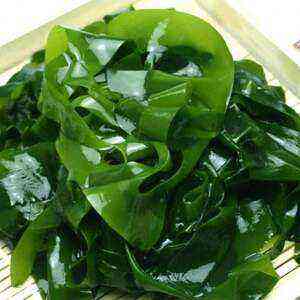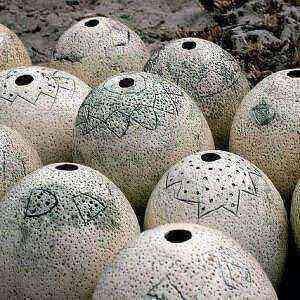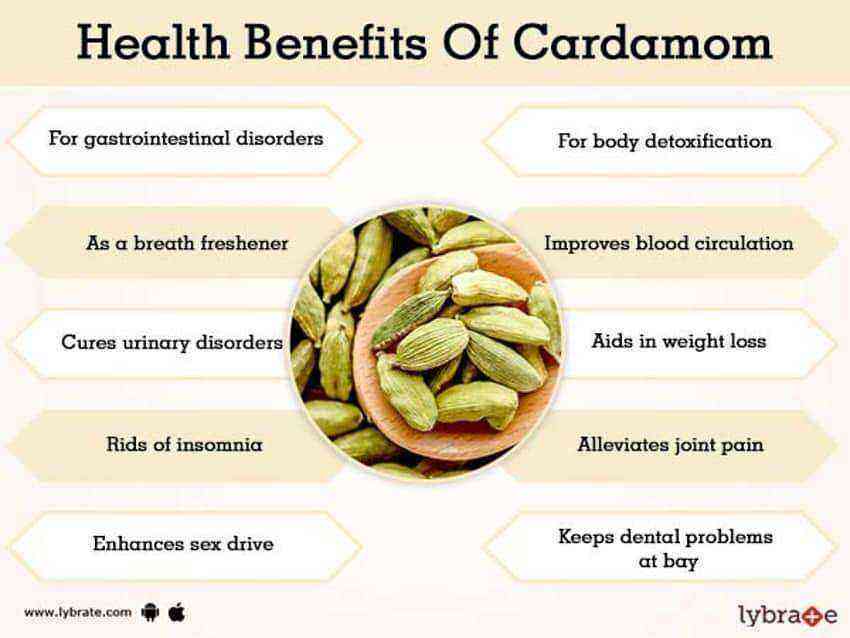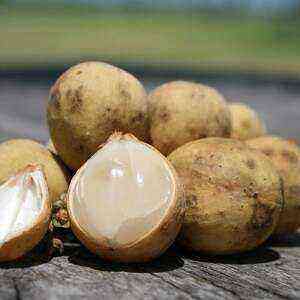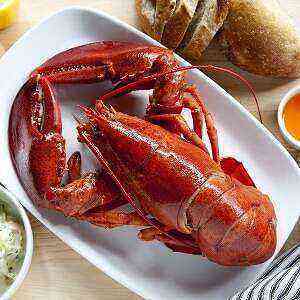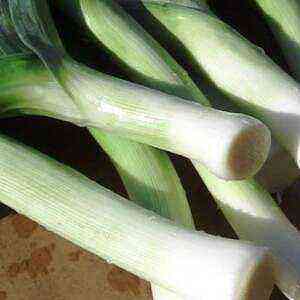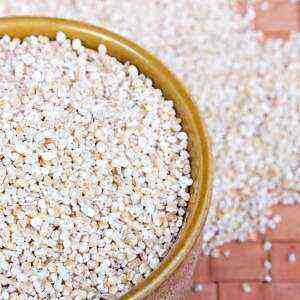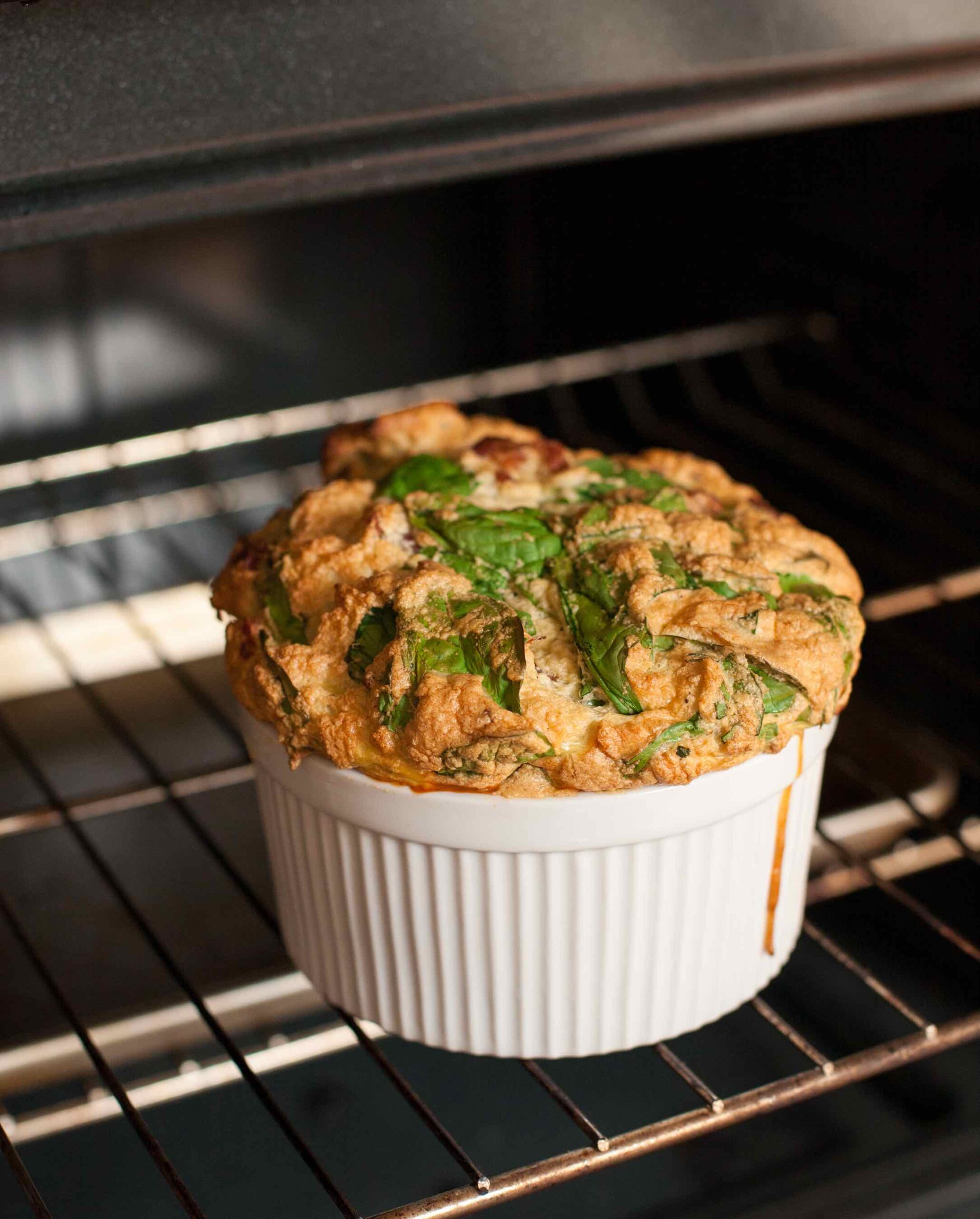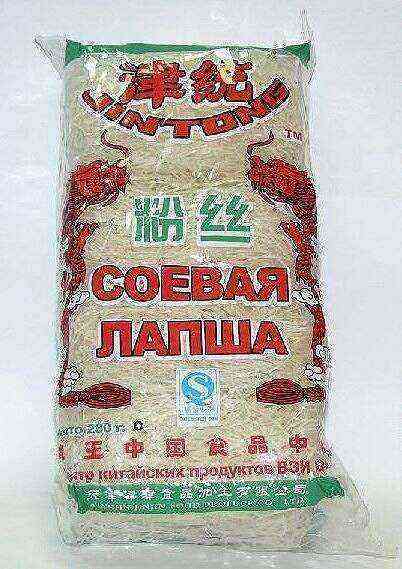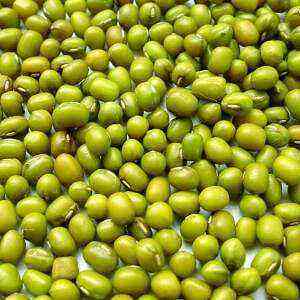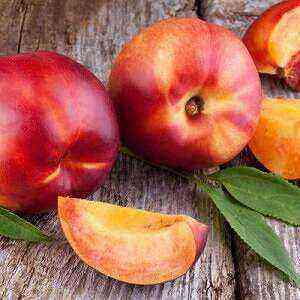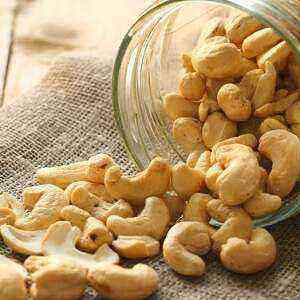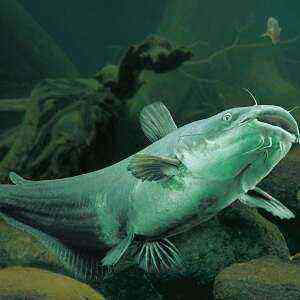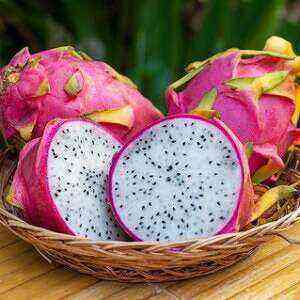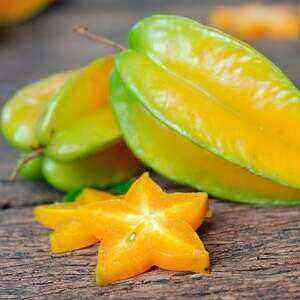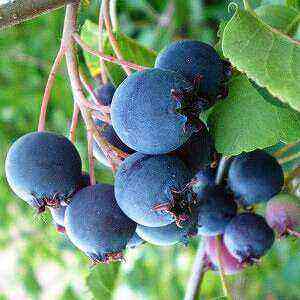
As a fruit plant, cinnamon began to be cultivated in the 16th century in Europe (England, Holland). Berries were used to make wine that tastes like Cahors. Over time, industrial planting was carried out (in the 19th century) in the USA and Canada.
Currently, irgi are cultivated in commercial gardens and personal plots for decorative and medicinal purposes. Fresh fruits are eaten as an independent dish, a source of vitamins A, B, C. In addition, pastille, jelly, wine, jam, and fruit drinks are prepared from them. Freshly squeezed juice from a berry is recommended for people for prevention, vitamin deficiency, hypertension, heart attack, myocardium, intestinal disorders, neurasthenia, varicose veins.
Botanical description
Korinka differs abundant flowering, decorative fruits, exquisite autumnal color of leaves. The plant tolerates drought, cold, shearing, and is undemanding on soils. Grows quickly, bears fruit every year.
The leaves are jagged along the edge, simple, round or oval configuration, light green below, saturated marsh on top, saturated burgundy or yellow-red in autumn.
The flowers are collected in thyroid brushes, placed at the end of the shoots. Numerous, white or cream colored. Pestle one. The ovary is lower. Abundant flowering, fruiting is observed on last year’s apical shoots.
The fruit with a bluish bloom, in shape resembles an apple, with a diameter of up to 10 mm. Has a reddish-violet or bluish-black color, edible, sweet. Ripening period is July-August.
Ways of breeding shadberry: dividing the bush, root shoots, sowing seeds, grafting. The growth of bushes occurs by means of root siblings.
Common varieties of irgi: “Eltaglou”, “Forestburg”, “Smoky”, “Pembina”, “Northline”, “Stardzhion”, “Thyssen”.
Chemical composition
Korinka is a low-calorie, dietary product, in which 100 calories contain 45 g. The energy ratio of B: W: Y is equal to 0: 0: 100%.

The bark and leaves of the shrub contain tannins, and the seeds – fatty oil.
Irga is a source of phenolic compounds, on 100 g of berries it is necessary:
- leucoanthocyanins and anthocyanins (896-1607 mg);
- catechins (106,1-281,9 mg);
- flavonols (127,3-339,8 mg);
- chlorogenic acids (163,8-258,8 mg).
100 g of the product contains 0,4 mg of carotene, 7,5 mg of ascorbic acid and up to 12,5 mg of riboflavin. Manganese, iodine, copper, lead, cobalt are found among macro- and microelements.
Benefit and harm
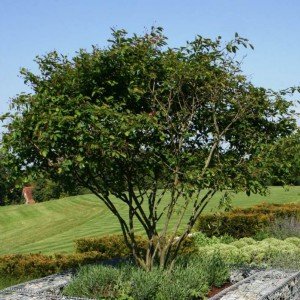
Berry properties
- immunostimulating;
- restorative;
- soothing;
- antitumor;
- astringent;
- tonic;
- antimicrobial;
- antioxidant.
The fruits of shadberry are frozen, boiled, dried or eaten fresh. They are used in clinical nutrition. Dried berries have the second name “northern raisins”. They can be ground with sugar and used as a filling for pastries.
Why eat blueberries?
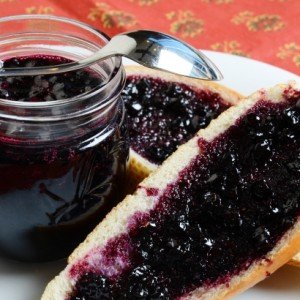
- boosts immune defense;
- removes salts of heavy metals, slags, toxins;
- strengthens the walls of blood vessels, making them flexible and resilient;
- prevents blood clots;
- lowers blood clotting;
- normalizes cholesterol, digestive tract;
- calms the nervous system, helps to cope with insomnia, depression, stress;
- reduces the negative effects of electromagnetic radiation;
- strengthens the gums;
- heals wounds;
- lowers blood pressure;
- liquefies blood;
- saves visual acuity, increases the level of color perception;
- enhances the regeneration of damaged tissues.
Indications for use
A decoction of the fruit irgi relieves inflammation in the digestive tract. Infusion of flowers is useful in heart failure. Broth bark (with external use) promotes healing of wounds, used to treat bedsores, burns, acute respiratory infections, tonsillitis, periodontal disease.

- insomnia;
- phlebeurysm;
- angina;
- stomatitis;
- avitaminosis;
- atherosclerosis;
- diarrhea;
- depression;
- myocardial infarction;
- kidney disease, liver;
- vascular dystonia;
- enhanced mental exertion.
Противопоказания
- hypotension;
- idiosyncrasy;
- acute infection;
- hemophilia.
Due to the strong sedative effect, irgu should not be used by people who plan to get into the car.
Traditional recipes
With the weakening of vision, cataract (at the initial stage), inflammation, ulceration of the cornea, hypertension
Method of preparation: 50 g of fresh berries of irrig are kneaded to a mushy state, 200 ml of boiling water is poured, insisted for 1 hours, filtered and squeezed. Take 100 ml of infusion in the intervals between meals 2 times a day.
With colitis, gastritis, inflammation of the gastric mucosa
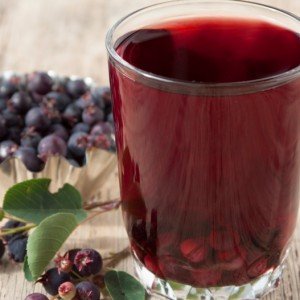
With intestinal disorders
The recipe for the healing drink: 30 g of dry fruits irgi pour 200 ml of boiling water. Cover with a lid, stand for 2 hours, filter and press. Take 70 ml for 25 minutes before meals in the morning, at lunch, in the evening.
With stomatitis, sore throat
Preparation of water infusion is as follows: 30 g of irgi leaves is introduced into 400 ml of boiling water, the container is wrapped in a towel, 30 is drawn for minutes. The resulting tool to rinse the mouth and throat 6-8 once a day.
When anxious condition, voltage
In the afternoon, regularly drink herbal tea from the berries of chokeberry and mountain ash (30 g each), peppermint (10 g), brewed in 1 liter of hot water.
In the presence of cuts, shallow wounds, accompanied by inflammation, it is recommended to apply the washed, crushed leaves of the plant to the damaged area. These procedures contribute to the rapid tightening and cleaning of abrasions, scratches.
Cultivation

Before planting, the site is cleared of weeds, dug in, phosphorus or potash fertilizers are applied (40 g per 1 m2), and kept under black steam. Digging depth – 15 cm.
Irgi seedlings are arranged in a checkerboard pattern, maintaining a distance between bushes of 0,5-1,5 m. The pit size is 60x60x50 cm. Cinnamon is planted according to the principle of berry plants: blackberries, blueberries, actinidia, gooseberries, currants, raspberries, honeysuckles.
Remember, the root neck of an irgi seedling cannot be buried.
After planting, the bush is plentifully poured with water to shrink the soil (8-10 l), then pour the earth into the hole to level the surface of the plot. In order for the plant to stick to the ground, around the irgi mulch is peat, humus. After planting a bush, 5 of developed buds is left on each shoot, the rest of the ground part is cut.
Irga is easy to maintain. To obtain a bountiful harvest, weed fairly regularly weed around it and rarely water it. Sometimes make seasonal dressings and cut the shrub.

After four to five years of age, fertilizers (25 buckets of humus, 2 g of potassium and 200 g of superphosphate) that do not contain chlorine are introduced into the near-stem circle every year, retreating 300 cm from the root neck. From April to July, it is recommended to feed the irga with liquid organics – 10% solution of chicken droppings (5 liters per bush). To apply at night in previously moistened soil (after rain or watering).
Trimming cinnamon is best done as little as possible as needed.
To do this, follow these rules:
- pruning start doing on 2-3 year of life of the plant in early spring, until sap flow is gone;
- plant irgu in a sunny location to penetrate the light into the bush;
- trim only low cinnamon varieties.
Vertical shoots in young bushes shorten by of last year’s growth. In the future, cut the side branches. This will stimulate the expansion of the crown in breadth. Otherwise, there will be difficulties with the harvest from a tall tree. Slices of adult branches are recommended to be treated with oil paint on linseed oil. And on the annual shoots can not be lubricated. Do not forget to deal with dry branches and root shoots, thickening the bush. Cut them “on the stump.”
Conclusion
Irga – unpretentious multi-bush with strong basal shoots. Propagated by seeds, vegetatively (green cuttings, scions, grafting). Harvesting is done 2-3 times a year as the berries ripen.
The fruits of shadberry contain glucose and fructose, tannins, vitamins A, B, C, mineral salts, phytoncides, organic acids. Berries are slightly acidic in taste. Toughness and viscosity give them tannins. Irgi is made with compote, jellies, candied fruits, jam, jam, marshmallow and homemade wine. Berries are eaten fresh or dried, frozen, preserved. Use as a substitute for raisins.
It is interesting that it is impossible to squeeze out the juice of freshly picked irgi. To do this, they are left on 7-10 days in a cool place. Within a week, up to 70% juice can be extracted from them.
Irga has a therapeutic effect on the human body: prevents the formation of blood clots in the blood, the development of peptic ulcer, fights against inflammation in the mouth, gastrointestinal tract. Decoction from the fruit of cinnamon has a bactericidal, tonic, wound-healing effect. It is used to treat stomatitis, tonsillitis, insomnia, depression. Berry juice lowers blood pressure, relieves vascular spasms, helps with fatigue, eases the condition of patients suffering from coronary heart disease. Due to the high content of carbohydrates, the product is not recommended for people with overweight.
Berries irgi in combination with the hips is recommended to brew in the winter, spring season to compensate for the vitamin deficiency in the body.
